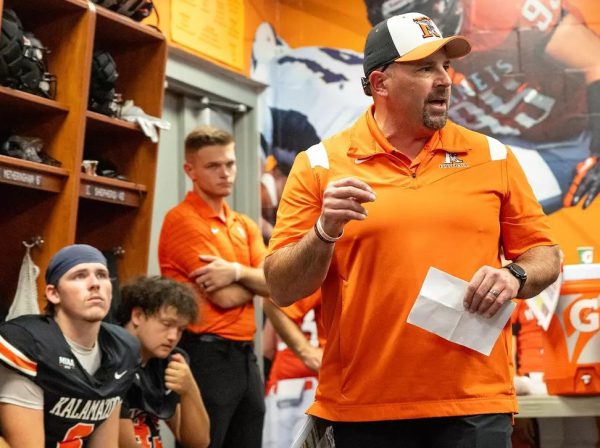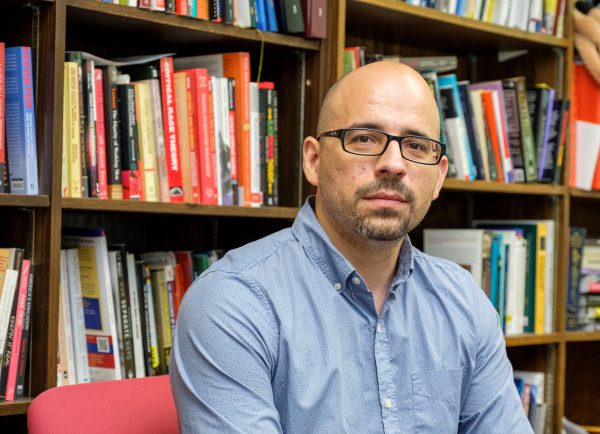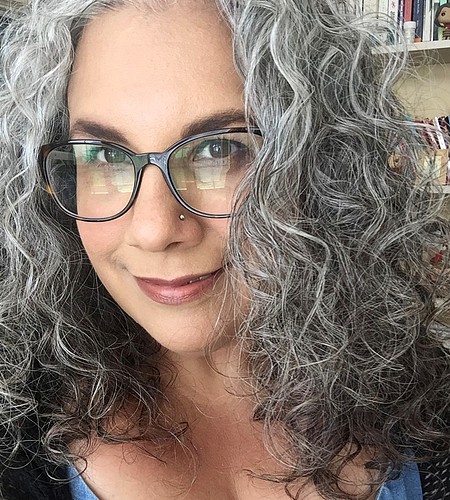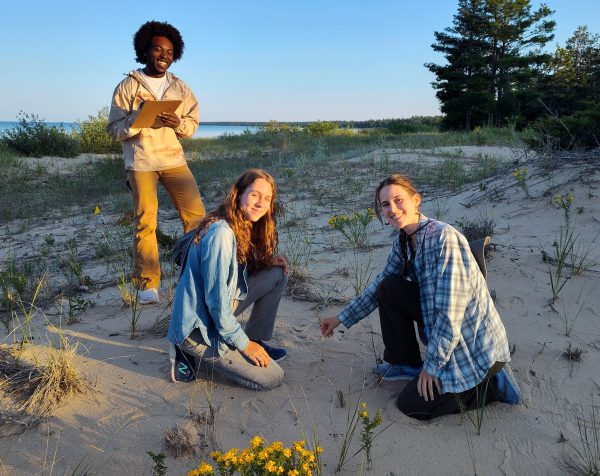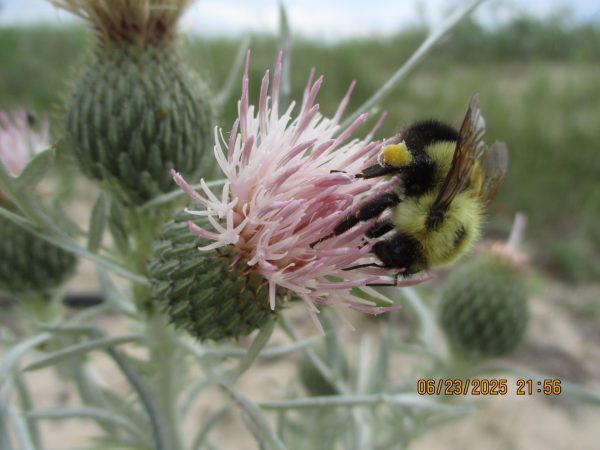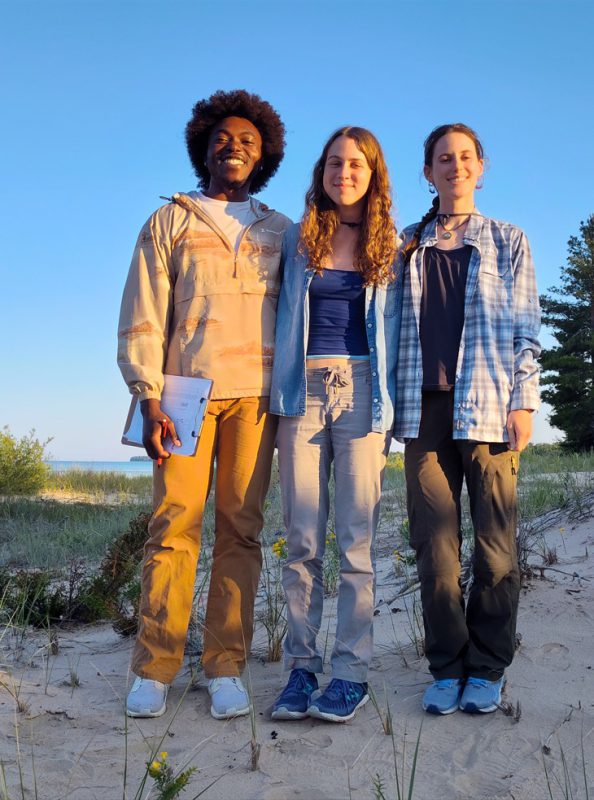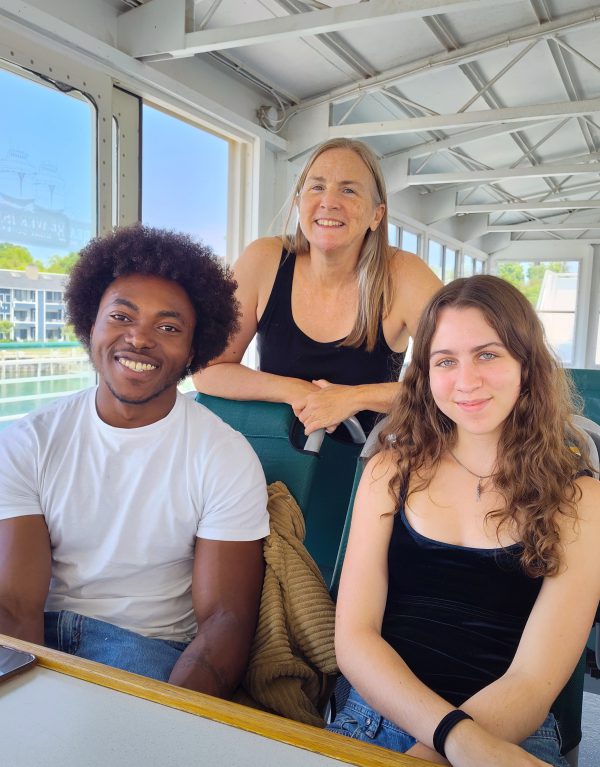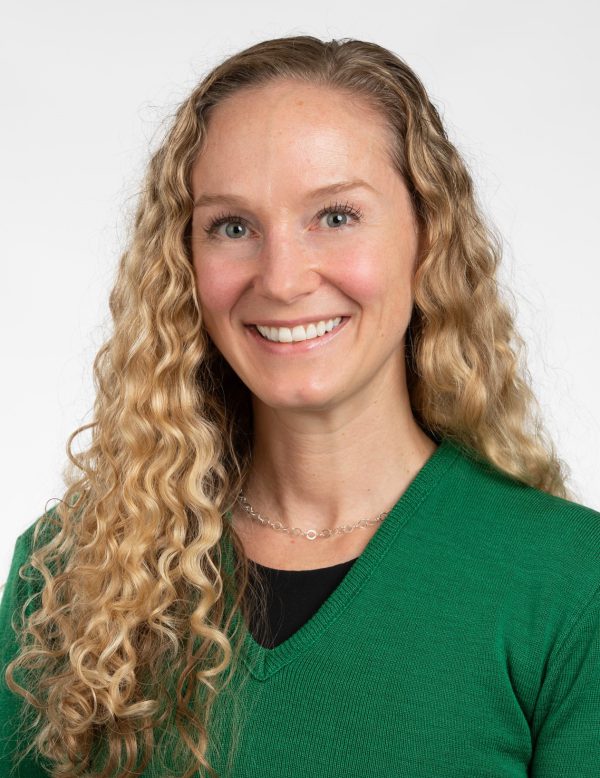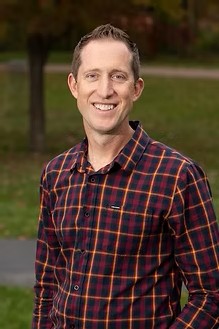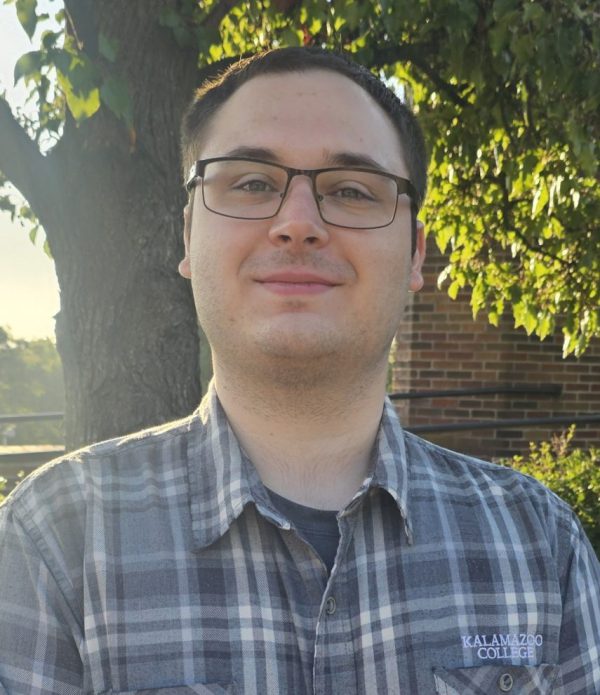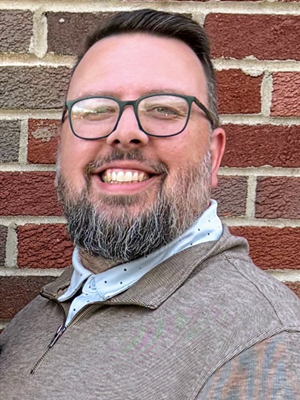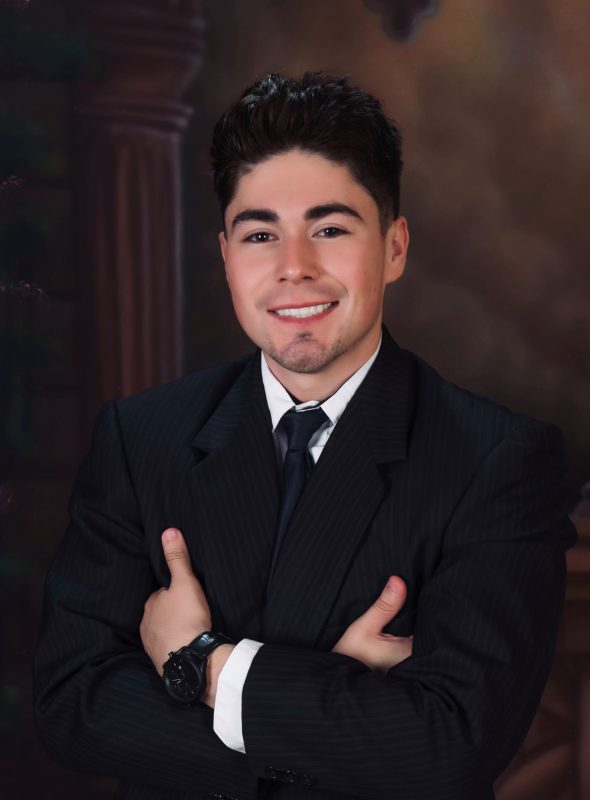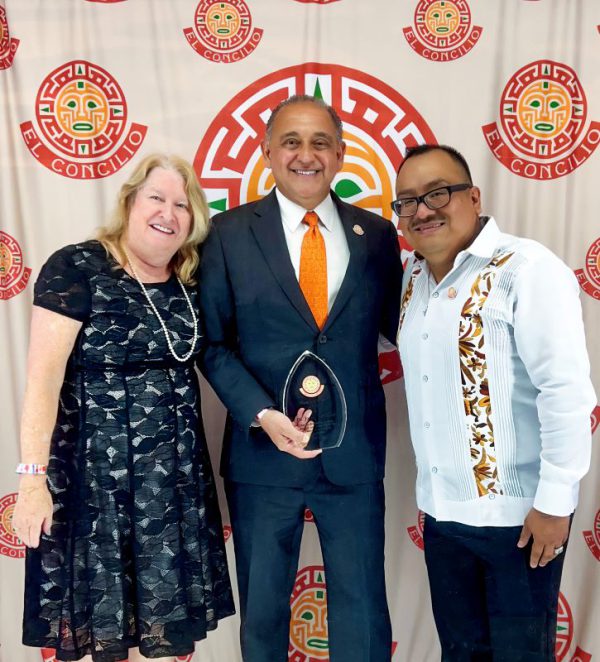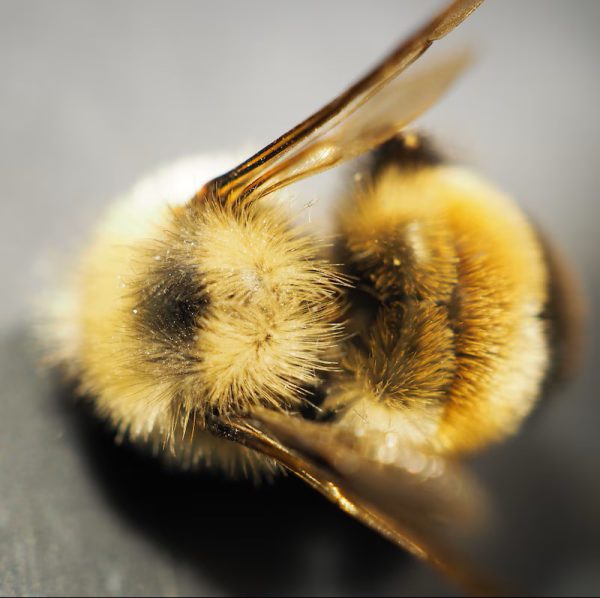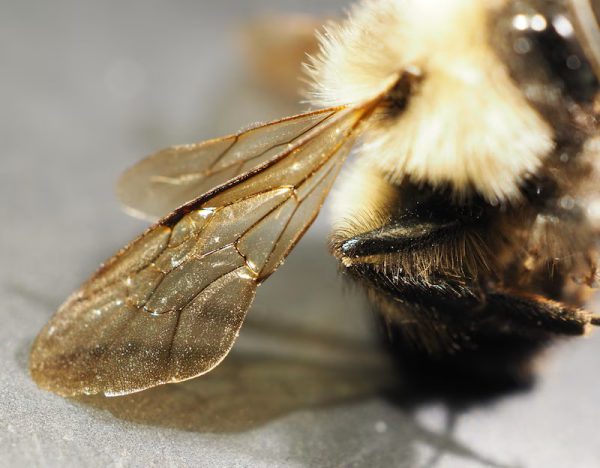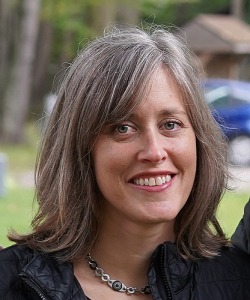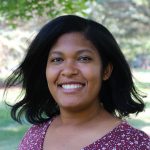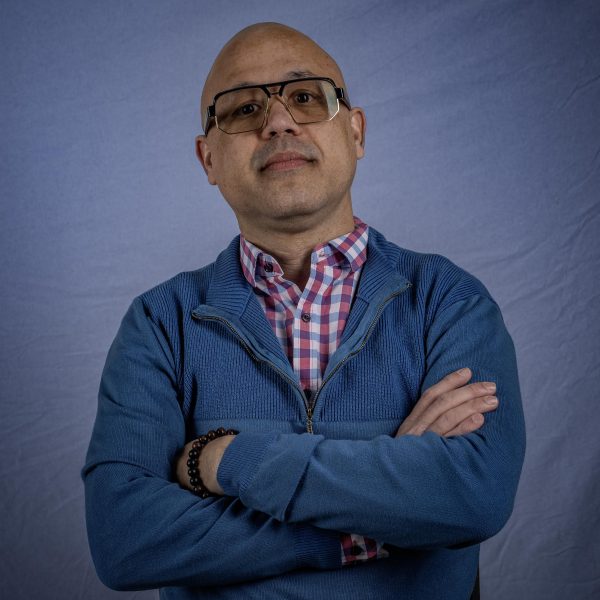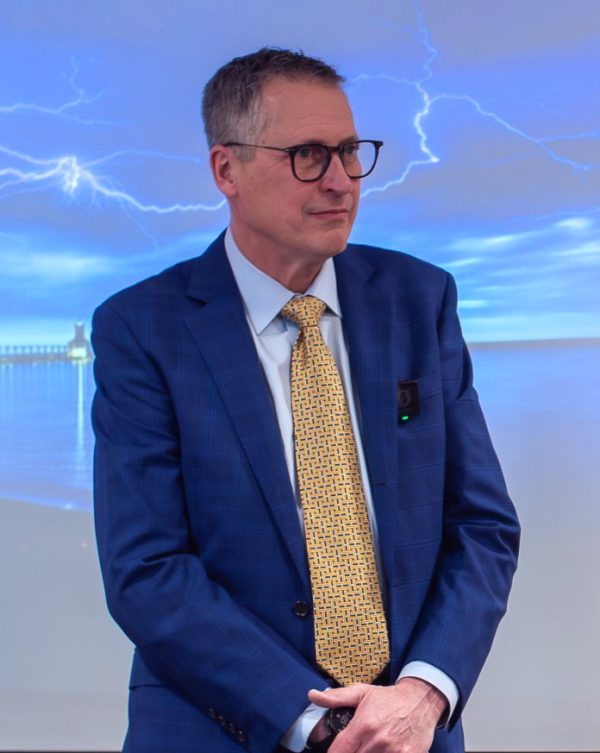From breakthrough scholarship and inspired teaching to national recognition and community leadership, Kalamazoo College faculty and staff made 2025 a year of impact. Across campus and around the world, K educators, researchers and professionals advanced knowledge, strengthened student experiences and elevated the College’s mission in meaningful ways. Here’s a look back at the top 10 faculty and staff stories of 2025—moments that captured the creativity, commitment and excellence that define the College.
10. Africa Month Marks Concentration’s Relaunch
Kalamazoo College marked the relaunch of its African studies concentration in May with Africa Month 2025, a vibrant celebration organized by Director of African Studies Dominique Somda and Assistant Professor of French Manfa Sanogo.
Africa Month invited thoughtful and meaningful engagement with Africa and Afro-descendants worldwide thanks in part to support from a Howard Hughes Medical Institute (HHMI) Inclusive Excellence grant and the Arcus Center for Social Justice Leadership. The events welcomed visionary scholars, artists, curators and thinkers whose work challenges certitudes and expands horizons and included lectures, an art exhibit, workshops and roundtable discussions.
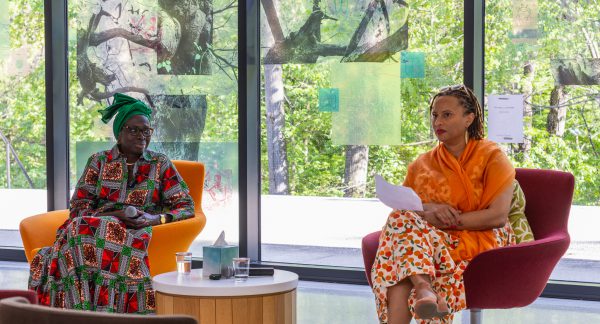
9. Potts Earns Sixth Wilde Award for Best Lighting
Professor of Theatre Arts Lanny Potts previously received Wilde Awards for Farmers Alley Theatre productions such as The Light in the Piazza in 2012, Bridges of Madison County in 2018 and Bright Star in 2021. This time, the honor came because of his work in the 2024 Farmers Alley Theatre production of The 25th Annual Putnam County Spelling Bee, a show presented at K that featured youthful characters trying to figure out their own personalities through competitive spirits and strong desires to spell.
The summer performances—along with a Famers Alley production of School of Rock—united K students with professional Actors’ Equity Association performers and stage workers, just like in the summer stock productions they once had with the Playhouse’s launch in 1964, 60 years prior.

8. Complex Systems Group Honors K Professor
Péter Érdi, the Henry Luce Professor of Complex Systems Studies, is serving a two-year term as the secretary and vice president of protocol for the International Society for the Systems Sciences (ISSS). Founded in 1954, ISSS is among the oldest global organizations devoted to interdisciplinary inquiry into the nature of complex systems. It since has expanded its scope beyond purely theoretical and technical considerations to include the practical application of systems methodologies in problem solving.

7. Mellon-Funded Project Brings Humanities Leaders to K
The Learning in/from Place and Community Conference gathered humanities leaders from around the country to help design a model for how liberal arts institutions can engage meaningfully with broad social themes.
The conference concluded the Humanities Integrated Locational Learning (HILL) Project—envisioned by Associate Professor of Sociology Francisco Villegas, Associate Professor of English Shanna Salinas and Professor Emeritus of English Bruce Mills—which built student coursework rooted in K’s commitment to experiential learning and social justice. The program addressed issues such as racism, border policing, economic inequities, homelessness and global warming, while examining history, how humans share land, and the dislocations that bring people to a communal space. More on the HILL Project will be featured in the spring issue of LuxEsto.
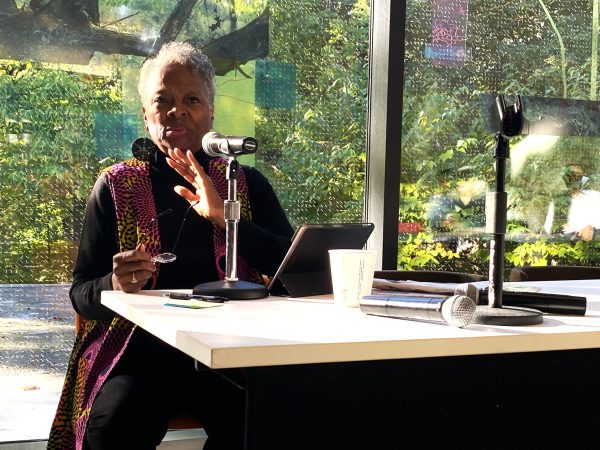
6. Faculty Member’s Fellowship Benefits Students
Assistant Professor of Chemistry Cecilia Vollbrecht is one of just 10 faculty members from institutions across the country to be chosen for a new fellowship that will help students in the chemistry and biochemistry department at K attain new skills.
Through 2027, Vollbrecht will participate in an annual weeklong bootcamp through Accelerating Curricular Transformation in the Computational Molecular Sciences (ACT-CMS), during which she will receive curriculum development and assessment training to help her introduce computer programming and computation in her courses.
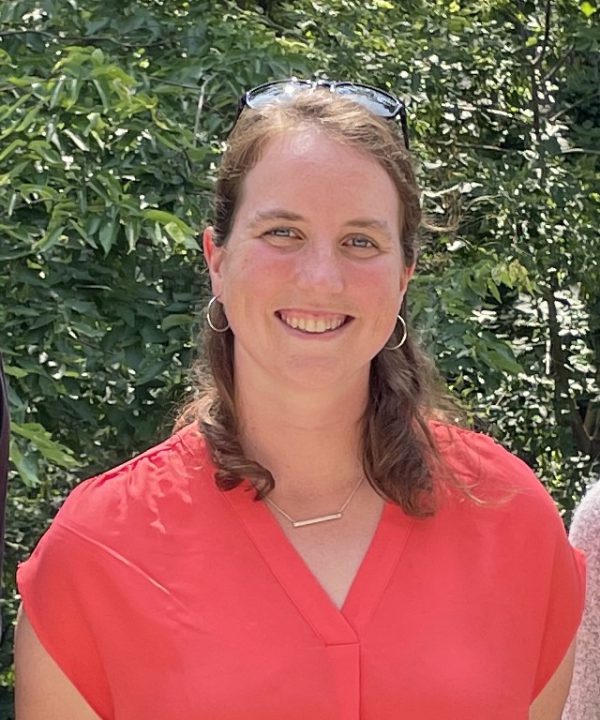
5. Research Partners Earn National Recognition
Maxwell Rhames ’25 and Daniela Arias-Rotondo, Kalamazoo College’s Roger F. and Harriet G. Varney Endowed Chair in Natural Science, received national recognition for their three years of work together that culminated in Rhames’ Senior Integrated Project (SIP). Together, they earned an honorable mention in the 2024 Division of Inorganic Chemistry Award for Undergraduate Research for work that examined what alternative metals could possibly be used to make things like solar panels less expensive, one day assisting a global shift toward renewable energy.

4. Bee-lieve it: Rare Find Excites K Faculty Member
A discovery last summer was absolutely the bee’s knees for Assistant Professor of Biology Clara Stuligross, a bee ecologist who studies how the insects respond to environmental stressors such as climate change and pesticides. She and alumnus Nathan Rank ’83 confirmed that Rank, while visiting Kalamazoo, had found a deceased rusty-patched bumble bee, a species that hadn’t been officially documented in Michigan since 1999, when the insects were last found in Washtenaw County. Ongoing surveys in the area now are looking for more rusty-patched bumble bees, but so far, only the one individual has been found.
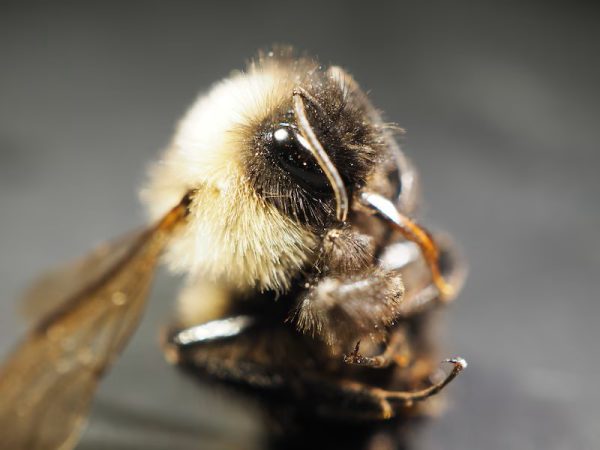
3. Grant Backs Williams Lab, Brain Disease Research
After nearly a decade of research, Kurt D. Kaufman Associate Professor of Chemistry Dwight Williams has been awarded a three-year grant from the National Institutes of Health (NIH) to support his work developing new molecules that could help protect brain cells from dying from neurodegenerative diseases.
Over the course of the grant, Williams and his students will aim to synthesize and test five families of compounds that could help the fight against conditions such as Parkinson’s disease, Huntington’s disease and glaucoma.
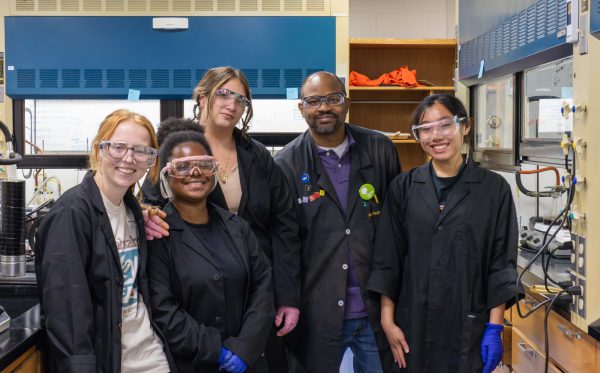
2. Civic Engagement Leader Seeks Students, Faculty, Local Partners
When Sashae Mitchell ’13 stepped into her new role as director of the Mary Jane Underwood Stryker Center for Civic Engagement last year, it was a meaningful return to the place where her journey in civic and global education began. Mitchell holds a master’s degree in international education and development from the University of Pennsylvania and earned her bachelor’s in mathematics right here at K. We caught up with her to learn more about what inspired her return and her vision for the center’s future.
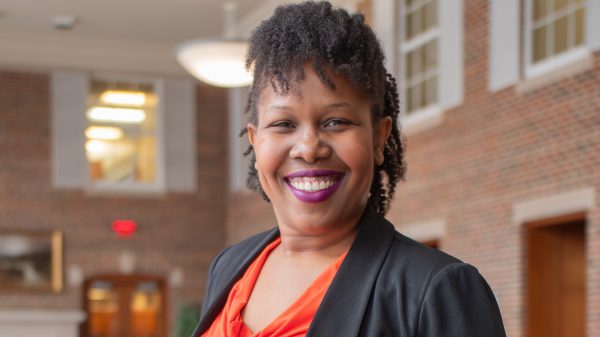
1. Zorbo Named MIAA Football Coach of the Year
Jamie Zorbo ’00 was named the 2025 MIAA Football Coach of the Year, earning the conference’s top honor in his final season leading the Hornets. The recognition came just weeks after Zorbo announced that he would be stepping down from his coaching role to fully focus on his position as the College’s director of athletics, a role he has held since June 2024.
During Zorbo’s tenure, Kalamazoo achieved 59 career wins, including a standout 7-3 campaign in 2018—the program’s highest win total since 1983. Under his guidance, the Hornets also produced 72 All-MIAA selections, developing student-athletes who excelled both on the field and in the classroom.
